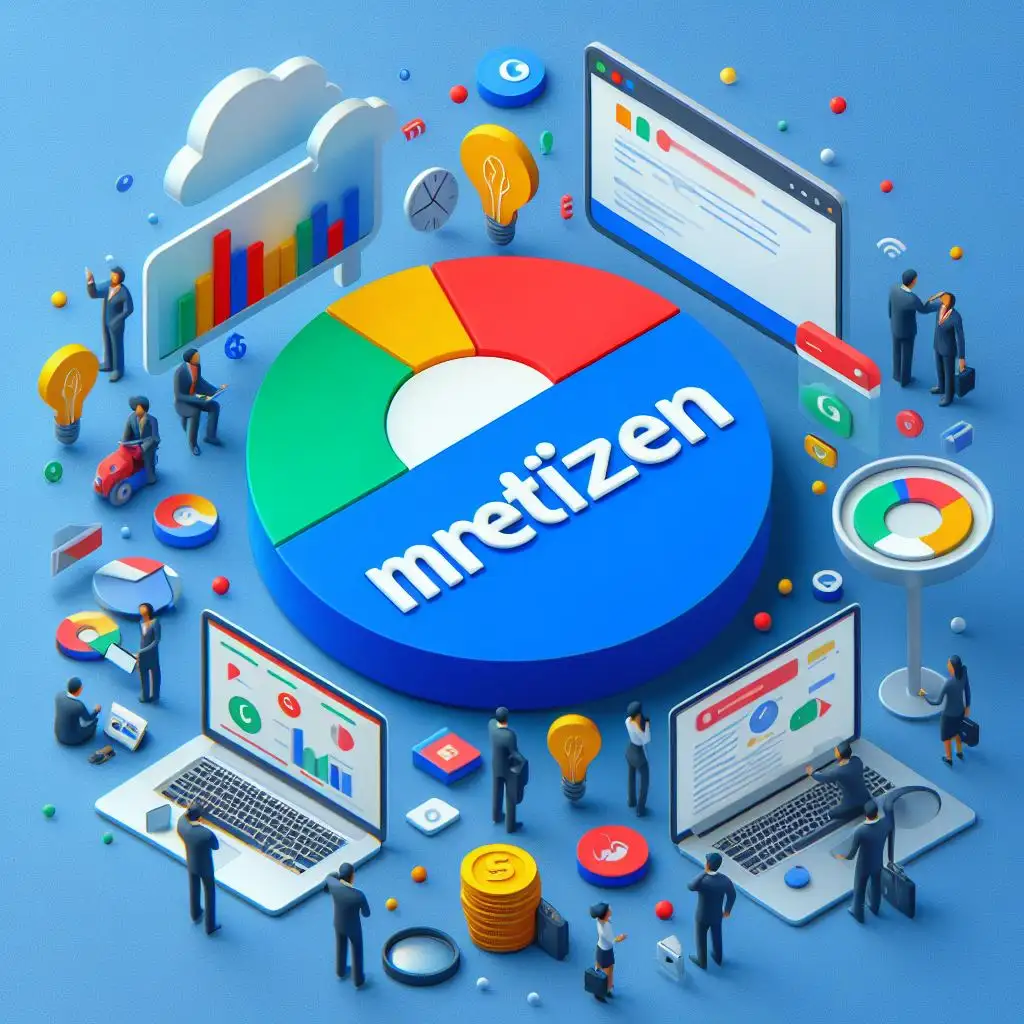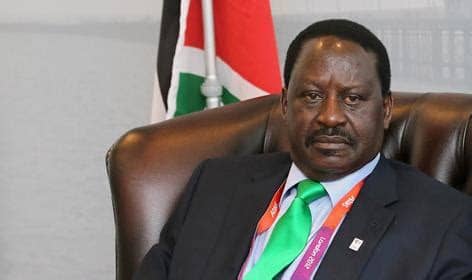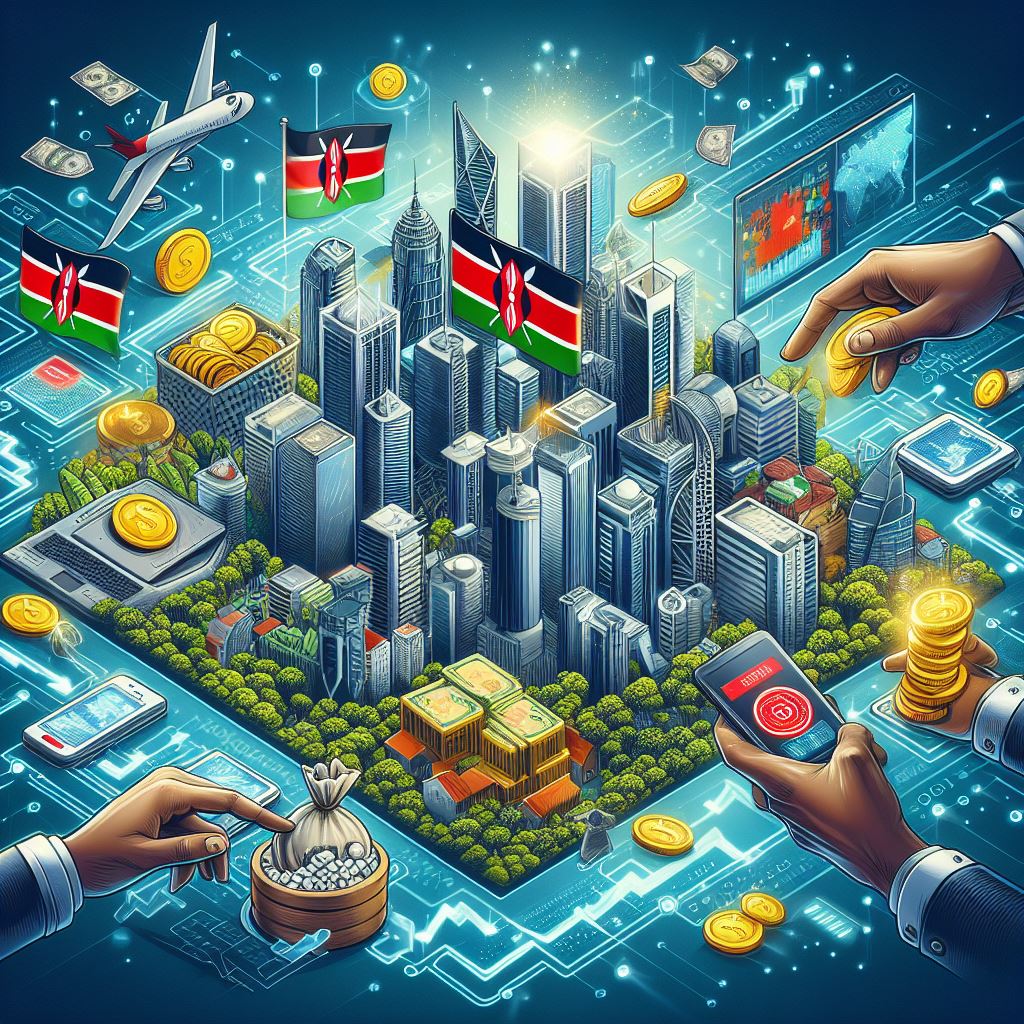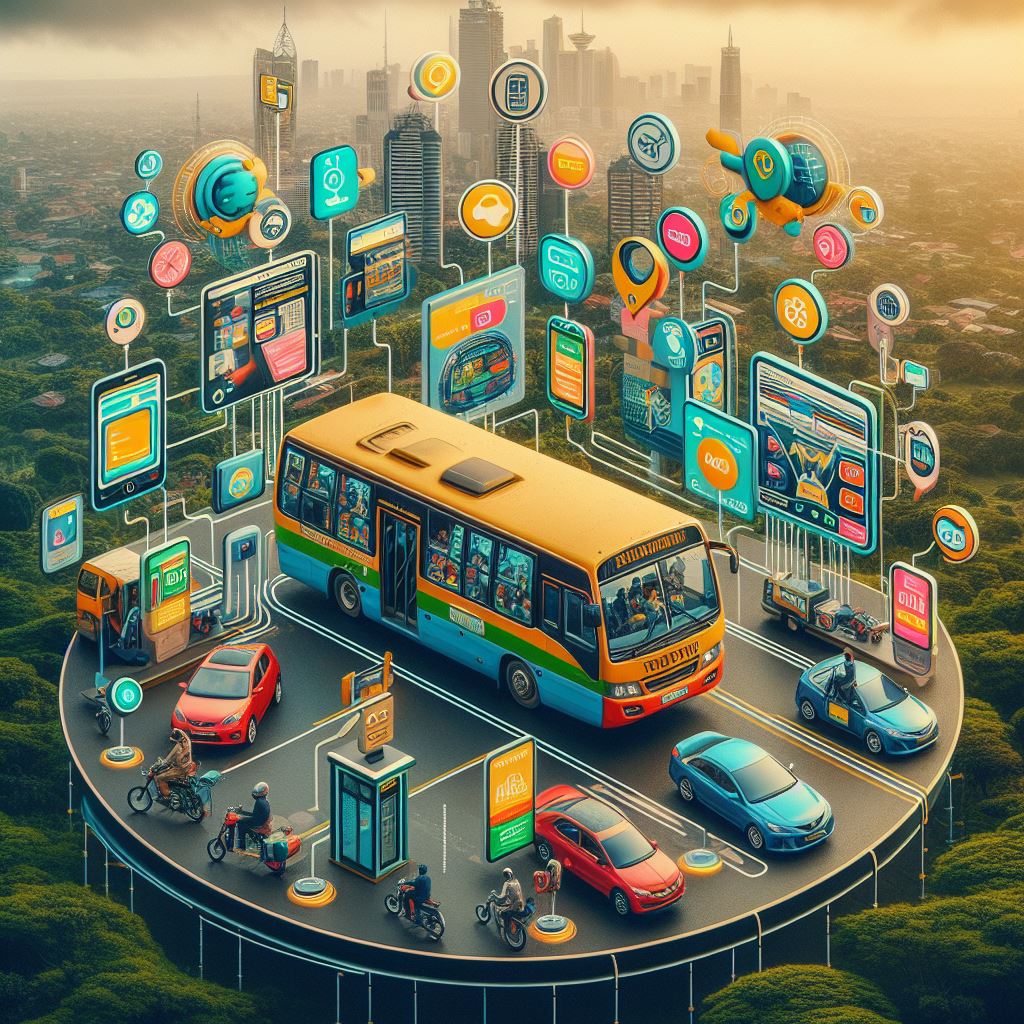The article reflects how one can overcome those obstacles and safely provide access to the internet for one and all, no matter where they might be.
The Internet has moved from a luxury commodity to an economic necessity of development in education, health care, and finally social inclusion within today's global village. This however improved access to the infrastructure, yet up until 2015, most countries' general population had not been served with reliable, affordable, and high-speed connectivity. It hence presents a digital divide in which the populations of rural and urban areas take the brunt of the problem. Equality, better prospects, and economic development all call for mending the digital divide. While rural areas have been left with the problem of isolation, lower population density, and high costs of infrastructure, socio-economic disparities and hidden communities are failing in their task of ensuring access for urban areas.
Understanding the Digital Divide
The digital divide broadly encompasses three dimensions: access, usage, and quality divides. Succinctly put, these would be elaborated as follows:
1. Access Divide: Basically, this is the difference in the availability of physical access to the internet for some people and inaccessibility to the same for others.
2. Usage Divide: These differences relate to the skills needed for using the internet in meaningful ways.
3. Quality Divide: Difference in the speed and dependability of connections that corresponds to differences in the quality of the experiences online.
In this respect, the rural areas, poor populations, and geographically isolated communities are highly at risk of falling behind others in the digital economy.
Disadvantages of Offering Internet Access to Unserved Areas
1. Geographical Constraints: Topography acts as a barrier through mountain ranges, forests, or simply very long distances between towns, with infrastructure implementation in such cases being very difficult and expensive.
2. Economic Constraints: Low return on investment in low-populated areas due to the high cost of deploying infrastructure prevents PISPs from building infrastructure in these regions.
3. Regulatory and Policy Issues: Most developing countries have weak regulations, bureaucratic delays, and lack of incentives further delaying the process of connectivity.
4. Digital Literacy and Education: More so, mere access is not enough; the greater part of the population in those regions lacks the kind of digital literacy that would have them exploit opportunities online effectively. This is exacerbated by issues around the language and, on several occasions, the relevance of the type of content.
5. Affordability: High costs, pertaining to hardware and internet services, remain an outstanding problem among low-income groups, in fact barring full-scale use in a digital economy.
6. Urban Poor: Mainly due to socioeconomic barriers, deficits in infrastructure, and very low investment in community broadband solutions, the internet is not quite accessible in the urban slums and informal settlements.
Strategies to Bridge the Digital Divide
1. Government-Led Initiatives
In this respect, it is very well positioned to bridge the digital divide through policy, funding, and infrastructure development. Some of the major strategies that can be implemented on the part of the governments are as follows:
a. Public-Private Partnerships
This would be through collaboration between the government and private ISPs and technology firms through the extension of broadband networks to less underserved areas. Typically, most successful PPP models attract governments into private investments in unprofitable areas through subsidies, incentives, or favorable regulatory frameworks.
b. Universal Service Funds:
These funds are managed by the government and come from levies among operators in the field of telecommunications. They go to infrastructure projects in areas which private companies would not invest or are wary of investing in. The USF programs have been done by several countries such as India, Colombia, and South Africa.
c. Digital Inclusion Policies:
This would ensure that the policies relating to spectrum allocation, licensing, and infrastructure deployment by the governments are more proactive, with perspectives toward the underserved communities. An example could be the availability of low-cost spectrum availability in rural deployment that can incentivize ISPs to actually build a network in those areas.
d. Public Wi-Fi Networks:
While people cannot afford to take private services in those places, it can also provide basic connectivity by creating free or low-cost public Wi-Fi networks in community centers, schools, libraries, and parks. This is exactly what happened in New York City and in a number of rural initiatives in Kenya.
2. Infrastructure Development
Infrastructure development is one of the strong pillars in order to guarantee access to the Internet in backward regions. Many technologies and models can be adopted, which will help overcome the traditional obstacles in a number of the following ways:
a. Fiber Optic Networks:
The most expensive to deploy, fiber-optic networks boast of the fastest speeds and, comparative to other technologies, very reliable connections. It is in building backbone infrastructure that governments and private sector partners are particularly important, leaving much of the local distribution to lease the infrastructure to ISPs. Programs of rural electrification, as in the country of India, have been proposed as models for deploying fibers in areas that are less well-served.
b.Satellite internet:
It was good for reaching faraway areas and unreached places. Traditionally, it has always been slow and more expensive than its ground counterpart. Breakthroughs like the LEO constellations have started to make the satellite internet cheaper and faster. This includes Starlink.
c. Fixed Wireless Access:
FWA is a technology for the distribution of broadband internet through radio waves from a tower to fixed locations like homes or offices. It is, until lately, used where laying fibers was out of economics. Now, with the availability of 5G, it can offer high speeds more economically than earlier.
d. Community Networks:
Wherever the traditional ISPs are absent, more often than not community-owned and -operated, local internet networks can be established. Community broadband networks involve the locally driven initiatives of adoption and deployment of available local resources and expertise to enable the delivery of low-cost access to the Internet. This has more often than not been with mesh technologies, whereby devices that can interconnect to one another extend the availability of access to the Internet service without the need for any central infrastructure.
3. Affordable Access Programs
One major concern in the unserved and underserved areas is that of affordability. The cost can be reduced as follows:
a. Subsidized Internet Plans:
This would be where the government and ISPs come into an understanding and give special subsidized plans for low-income households, so that one and all also can afford to stay connected. Modeled and running in countries like the United States, these have programs like Lifeline that offer services at highly subsidized rates for qualifying consumers.
b. Low-Cost Devices:
Good access to the internet via device- by most importantly, the lower-cost versions of smartphones, tablets, and computers is a good bridge over this divide. The companies manufacturing the technology should actually collaborate with the governments and NGOs in providing low- or no-cost devices to the most-needed population. Such as the way Google has extended the availability of low-cost smartphones to developing markets around the world under the program called Android One.
c. Data Cap relief:
This implies that most high-cost areas are always very expensive in terms of data, and thus the users have to put up with restrictive data caps; this renders them unable to fully exploit the accruing benefits from the internet. ISPs can also offer data cap relief or zero rating for key services such as educational content, healthcare websites, and government portals.
4. Digital Literacy and Skills Development
While access is important, the key challenge in terms of real empowerment of people in gaining the necessary digital literacy and skills to use the internet relates to their needs. Skill development programs for these may relate to:
a. Community Training Programs:
It can be ensured that in villages and even less privileged urban areas, opening up digital literacy training centers should ideally be conducted by government and non-government organizations. These would provide skills for basic applications of the web, basic handling of office software packages, and protection of personal online data.
b. Digital Education in Schools:
Inclusion of digital education in school curricula would facilitate the preparation of future generations with greater ease in a connected world. Government may, therefore, focus on providing training in the use of ICT to teachers and making available digital tools in schools.
c. Local Content and Local Language Support:
This then translates into internet content in the local languages, applications aimed at meeting the needs of the locals, including local news, e-commerce, and government services.
5. Policy and Regulatory Reforms
Strong government policies and regulatory mechanisms give a high impetus to the pace of the goal, which is to say:
a. Spectrum Allocation for Rural Areas:
This would interpret the need for spectrum allocation to target rural areas first, at a cost such that ISPs can actually build wireless broadband networks. Dynamic spectrum sharing can reduce some of the barriers to bridging the gap in rural connectivity by making available unutilized spectrum in given areas for broadband.
b. Efficient Infrastructure Deployment:
These could also be incentivized by way of reducing bureaucratic hurdles and the cost of building out infrastructure in unserved/underserved areas. Above all, tax incentives, relaxed approval processes, or easy access to the right of way could speed up the deployment of the internet infrastructure.
c. Open Access Models:
Open access allows different ISPs to share the same infrastructure, for instance fibre optic networks, in servicing their customers. This diminishes parallel structure and brings about competition which may just raise services' prices lower for all subscribers and serve everybody better.
Case Studies: Successful Models for Bridging the Digital Divide
1. India: Digital India Initiative
Giant push in spreading the Internet across most of the country was an initiative by the Indian government: Digital India. It reaches even into the most rural areas where the Government of India has put emphasis on backbone infrastructure such as BharatNet, connecting over 250,000 rural villages with fibre-optic Internet.Furthermore, even reasonably-priced data plans courtesy of companies like Reliance Jio-and public Wi-Fi hotspots-really made all the difference in this recent era of connectivity.
2. Kenya: M-Pesa and Community Networks
Closing the Digital Gap: Mobile broadband is one of the key ways that the digital divide is being overcome in Kenya. A number of mobile money services, such as M-Pesa, have been able to improve the lives of millions by offering access to financial services through mobile phones. Community networks are built into the most interior parts to cater for low-cost internet services. One such good example is TunapandaNET; they use combined mesh networking with the local initiative at Kibera.
3. United States: Connect America Fund
The Connect America Fund is a government, taxpayer subsidized program to extend broadband into rural areas, serving those areas that otherwise would be too expensive for ISPs to offer service. It subsidizes ISPs that agree to deploy infrastructure in these areas. To date, millions of rural Americans have been connected to the internet through this initiative who were otherwise offline.
Conclusion
This may bridge the gap in the digital world and would make an immense impact on the poor rural and urban areas by building sound economic development, improving educational opportunities, as well as equal access to social resources. Its implementation, through innovative technologies such as low-cost satellite broadband, community Wi-Fi networks, along with government policies on infrastructure development and cheap pricing, will surely shift our points of view on how to reach closer to universal access. However, what this does need is cooperation amongst governments, private sectors, and non-profits. A future where no community is left behind-assuring whoever and wherever they can contribute and benefit from the wealth of opportunities available to them on the Internet.


























